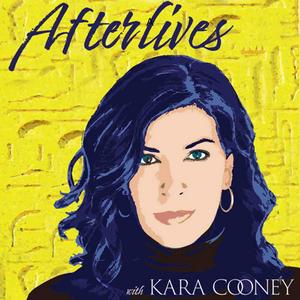Restitution after Reuse: How 21st Dynasty Egyptian Rulers Healed the Harms Done to Royal Coffins and Mummified Kings
Kara and Amber return to the royal caches for Part II of their deep dive into the coffins reused for the re-Osirification (!!) of Thutmose III and Ramses II. Building on her new open-access article in Arts, Kara lays out how 20th–21st Dynasty priests “withdrew” value from royal burials during crisis and then ritually “paid it back,” stripping sheet gold but restoring a solar substitute (thin gilding or even just yellow washes of paint), covering coffin interiors with Osirian black resins, adding protective iconography and red paint as apotropaic force fields, and re-adding elements of kingship and human agency. Along the way, Kara and Amber map the politics of reuse within the royal caches of KV35 (the tomb of Amenhotep II in the Valley of the Kings) and TT320 (a reused 18th Dynasty queens tomb at Deir el Bahari used to rebury “preferred” kings and queens and the final resting place of many of the Amen Priesthood). They discuss whether or not the coffin reused for Thutmose III was originally made for him, and consider the material record through feminist and new-materialist lenses, looking at how ritual tries to reconcile scarcity, power, and piety. It’s a practical guide to what Egyptians thought were the essential ritual elements for a king to transform—gold/solar, earth/Osiris, iconography/protection, kingship, and human agency—and why they were significant.Show notesFor a discussion of the ritual repair of mummies from the Deir el Bahri 320 cache, check out Afterlives of Ancient Egypt, Episode #88.For more about Thutmose III and the veneration of royal ancestors, check out Afterlives of Ancient Egypt, Episode #83.SourcesBrown, Nicholas. 2020. “Raise Me Up and Repel My Weariness! A study of the coffin of Thutmose III (CG 61014).” MDAIK 76/77: 11-35.Cooney, Kathlyn. “Surviving New Kingdom Kings’ Coffins: Restoring the Art That Was.” Arts 2025, 14(3), 57; https://doi.org/10.3390/arts14030057.Cooney, Kara. 2024. Recycling for Death: Coffin Reuse in Ancient Egypt and the Theban Royal Caches. Cairo and New York: The American University in Cairo Press. [Buy it on Amazon or on the AUCP website.] Get full access to Ancient/Now at ancientnow.substack.com/subscribe


